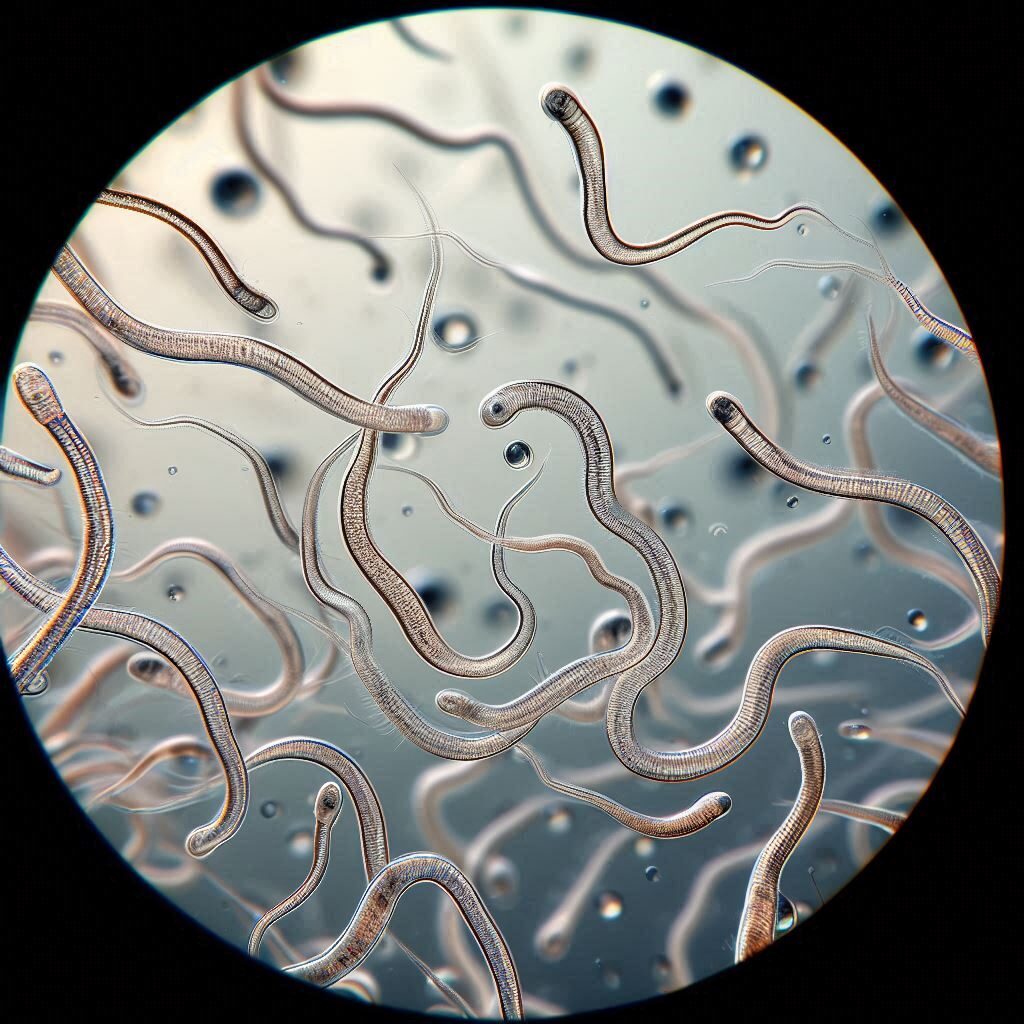Are you tired of watching your wooden furniture and structures deteriorate due to the destructive habits of termites? These pests can cause significant damage, often leading to costly repairs.
While various pest control methods exist, leveraging the power of nature by using termite predators can be an effective and eco-friendly solution. Understanding what eats termites not only helps in controlling their population but also promotes ecological balance.
In this blog post, we will explore five of the most common natural predators of termites. Let’s delve into the various predators that eats ant.
1. Ants: The Silent Assassins that Eats Termites

Ants are among the most effective predators of termites. Many ant species actively seek termites as a food source, employing various hunting strategies to capture their prey. Among these, carpenter ants and termite ants are particularly noteworthy.
These industrious insects often form raiding parties to invade termite mounds. They scout for signs of termite activity, such as droppings or damaged wood, and can follow chemical trails left by termites. Their powerful mandibles enable them to capture and consume termites efficiently.
The presence of ant colonies can significantly lower the survival rate of termite colonies. Studies have shown that ants play a crucial role in keeping termite populations in check, demonstrating a fascinating predator-prey relationship essential for ecological balance. Interestingly, ants’ ability to hunt termites varies by species; some are more aggressive and efficient than others, making them a vital player in the natural ecosystem.
Ants operate quietly and effectively, executing their role as nature’s assassins. But they aren’t the only guardians against termite invasions. Certain birds also partake in this predator-prey dynamic.
2. Certain Birds: Feathered Predators
Various bird species, such as woodpeckers, swallows, and sparrows, include termites in their diets. These birds use their sharp beaks and remarkable agility to hunt down termites, especially during nesting activities when they require extra protein for their young.
Woodpeckers, for example, possess an extraordinary ability to hear termite vibrations in wood. This enables them to locate nests hidden within trees or wooden structures. Once they pinpoint a nest, their strong beaks allow them to drill into the wood, accessing termite colonies with precision.
Meanwhile, swallows catch termites mid-flight, taking advantage of their swarming behavior, while sparrows forage for exposed termites on the ground.
The role of birds in controlling termite populations extends beyond mere predation; they also contribute to promoting biodiversity within ecosystems. Their presence indicates a healthy food web, where various species interact to regulate population dynamics. Homeowners can attract these beneficial birds by providing food sources, such as bird feeders and suitable nesting habitats, which can naturally reduce termite populations in and around their homes.
3. Nematodes: Microscopic Warriors

When you think of termite predators, you might not consider tiny, unsegmented roundworms, but nematodes are highly effective hunters in the battle against termites. Found in soil and decaying organic matter, some species specifically target termite larvae and pupae.
Nematodes infect termites through body openings, releasing specialized bacteria that kill the host. They are adept at moving through soil, seeking out termite colonies and infiltrating their nests. This process often occurs within days, making nematodes some of the most efficient predators in the ecosystem.
What’s particularly appealing about nematodes is their environmentally friendly nature. They target specific pests without harming beneficial insects, making them a sustainable option for pest control. Homeowners can apply nematodes to areas known for termite activity, allowing for a natural and effective method of managing termite populations.
4. Mammals: The Larger Predators

Certain mammals eat termites, animals like anteaters, armadillos, and mongooses possess specialized adaptations for digging into termite mounds and extracting their protein-rich inhabitants. Here are some remarkable mammals that eats termites .
Anteaters are well-known for their elongated snouts and sticky tongues, allowing them to efficiently extract termites from mounds. Their claws enable them to break through hard soil to access hidden colonies.
Armadillos, nocturnal foragers, utilize their strong limbs to uncover termite nests. They feed on various insects, including termites, thus playing a crucial role in controlling their populations.
Mongooses, known for their agility and intelligence, hunt termites by raiding nests, often working in groups to enhance their efficiency. Their social behavior allows them to coordinate attacks on termite mounds, showcasing teamwork in the animal kingdom.
These mammalian predators help regulate termite populations, maintaining balance in the food web. Their presence is crucial for promoting biodiversity and ecosystem resilience, making them key players in natural pest control.
5. Fungi: The Unseen Predators
An intriguing and often overlooked predator of termites is certain fungi, specifically entomopathogenic fungi. These unique organisms prey on termites, leading to a fascinating predator-prey relationship that illustrates nature’s complexity.
When termites come into contact with fungal spores, the spores germinate and invade the termite’s body. This invasion often results in the insect’s demise, allowing the fungus to decompose the termite’s body and use it as a nutrient source. This process not only helps reduce termite populations but also contributes to the nutrient cycle in the ecosystem.
Researchers are actively exploring the potential of using entomopathogenic fungi as a biocontrol method for managing termite populations. This approach promotes sustainable pest management strategies that align with the principles of integrated pest management (IPM).
Conclusion: Nature’s Balance
Recognizing the importance of these natural predators allows homeowners to make informed decisions regarding termite management. By encouraging the presence of ants, birds, nematodes, and beneficial fungi in gardens, homeowners can create a balanced ecosystem that naturally keeps termite populations in check.
Understanding what eats termites is not just about pest control; it’s about appreciating the complex relationships in nature. We can adopt more sustainable practices that respect and work with the natural world when dealing with pests. Embracing the role of natural predators in pest management can lead to healthier homes and a more resilient environment.
